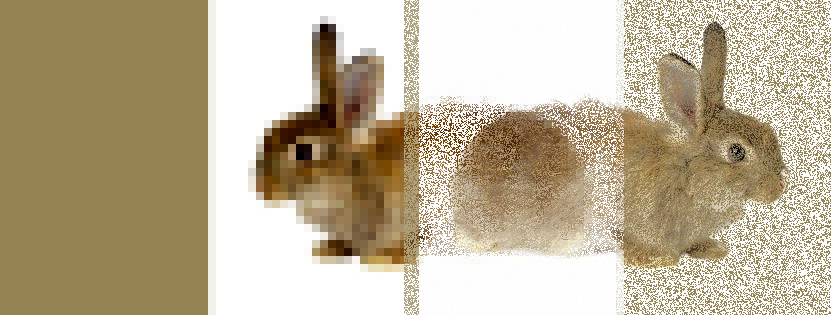>
The Art Boulevard nace a partir de la detección de un mismo problema con dos vertientes: por un lado muchos artistas y creadores no encuentran espacios donde exponer y actuar y por otro, muchos espacios tienen dificultades para cerrar una programación, encontrar nuevos talentos o diversificar sus recursos creativos.
The Art Boulevard nasce a partir da constatação de um problema com duas vertentes: por um lado, muitos artistas e criadores não encontram espaços para expor e atuar e, por outro lado, muitos espaços têm dificuldades para completar a sua programação, encontrar novos talentos ou diversificar os seus recursos criativos.
Oportunidades (e lista de eventos):
Pesquisar todas as oportunidades listadas na The Art Boulevard
fonte: http://www.theartboulevard.org/pt/the-cafe/opportunity
The Art Boulevard nace a partir de la detección de un mismo problema con dos vertientes: por un lado muchos artistas y creadores no encuentran espacios donde exponer y actuar y por otro, muchos espacios tienen dificultades para cerrar una programación, encontrar nuevos talentos o diversificar sus recursos creativos.
The Art Boulevard nasce a partir da constatação de um problema com duas vertentes: por um lado, muitos artistas e criadores não encontram espaços para expor e atuar e, por outro lado, muitos espaços têm dificuldades para completar a sua programação, encontrar novos talentos ou diversificar os seus recursos criativos.
Oportunidades (e lista de eventos):
Pesquisar todas as oportunidades listadas na The Art Boulevard
fonte: http://www.theartboulevard.org/pt/the-cafe/opportunity



